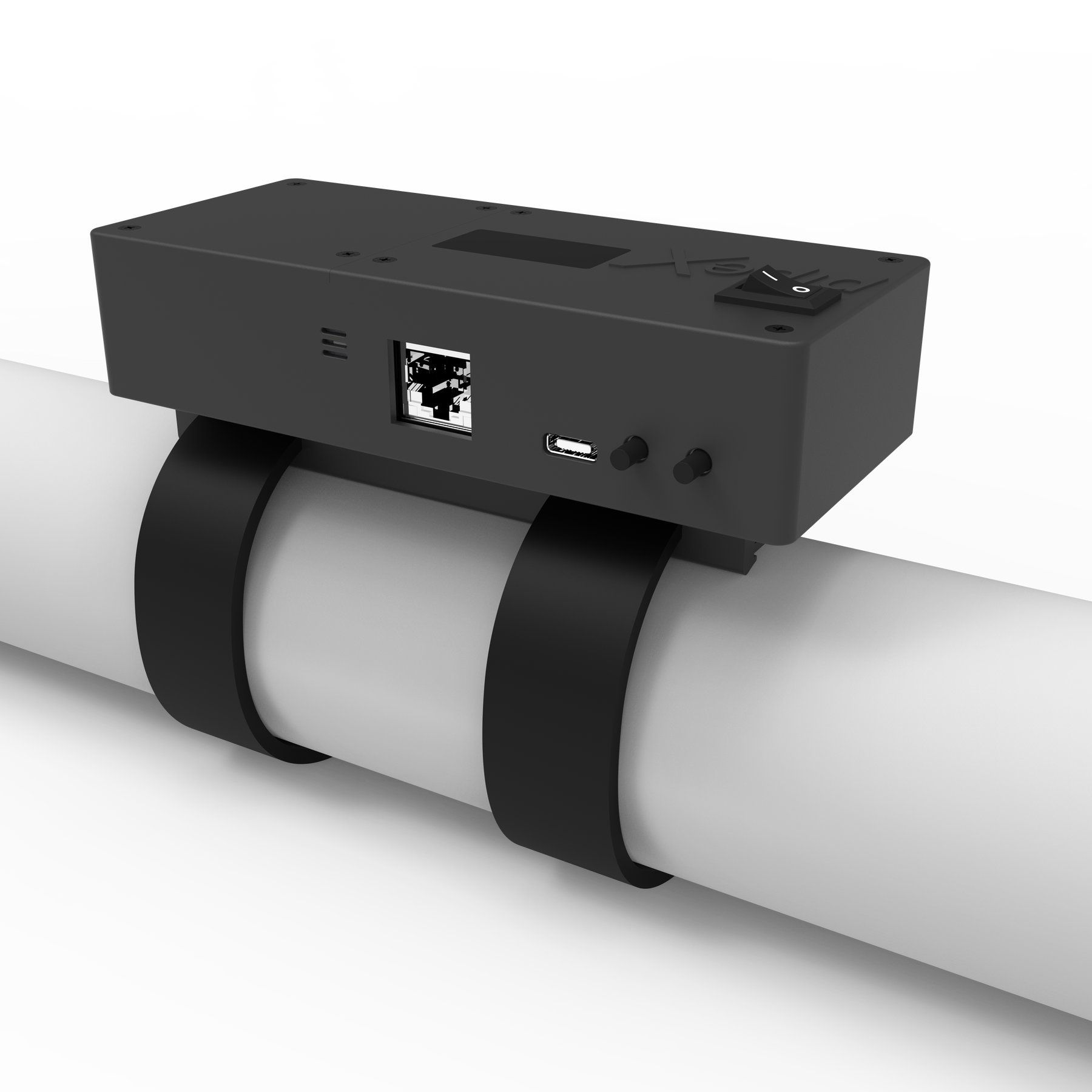Redoing bathroom tile can be a game-changer for your home. Whether you’re a homeowner looking to upgrade your space or a real estate developer aiming to add value to a property, this guide on how to redo bathroom tile will walk you through every step of the process.
We’ll cover everything from selection to installation, ensuring that your bathroom makeover not only looks stunning but is also a long-lasting investment.

Why Redoing Bathroom Tile is Important?
Redoing bathroom tile isn’t just about aesthetics. It has functional and financial benefits. New tiles can waterproof your space, making it mold-resistant, and can add significant value to your property.
For more insights and tips on bathroom renovation, check out this article.

Planning Your Bathroom Tile Renovation
Setting a Budget
Before you begin, determine how much you are willing to spend. Factor in the cost of materials, labor, and additional features like heated floors or custom designs.
Choosing the Right Tile
Tiles come in various materials and styles. Your choice should balance both aesthetics and functionality. For example, porcelain tiles are durable and water-resistant, making them ideal for bathrooms.
Need help in selecting the right tile? Visit this guide.

Preparing Your Bathroom
Cleaning and Surface Preparation
Ensure the bathroom surface is clean and dry. Remove any old tiles, adhesive, or grout to ensure the new tiles adhere properly.
Measuring and Planning Layout
Accurate measurements are critical. Plan your tile layout in advance to avoid awkward cuts and mismatched patterns.
Installation Process
Applying Adhesive
Use the right adhesive for your tile type. Apply a thin layer to a small area at a time to avoid it drying out before you place the tiles.
Laying the Tiles
Start from the center or a specified point in your layout. Press each tile firmly into the adhesive, maintaining even spacing.
Grouting and Sealing
Once the adhesive is dry, fill in the gaps between tiles with grout. After the grout has set, apply a sealant to protect against moisture and stains.
Post-Installation Care
Cleaning the New Tiles
Regular cleaning will keep your tiles looking new. Use a mild cleaner suitable for your tile material.
Maintaining Grout
Regularly inspect the grout for any signs of damage. Repair promptly to avoid water seepage and mold growth.
DIY vs. Professional Help
While redoing bathroom tile can be a DIY project, hiring a professional can ensure a higher quality finish and save you time.
Benefits of Professional Help
Professional contractors have the experience and tools to complete the job efficiently and can offer guarantees on their work.
If you need professional help, contact us.
Adding Finishing Touches
Selecting Bathroom Fixtures
Update your bathroom fixtures like faucets, showerheads, and lighting to complement the new tile design. For tips on removing bathroom fixtures, check out our guide.
Decorative Accents
Consider adding decorative elements like mirrors, shelves, and plants to enhance the overall aesthetic appeal.
Conclusion
Redoing bathroom tile is an effective way to transform your space and boost your propertys value. By following this comprehensive guide, you’ll be well-equipped to undertake this project with confidence.
Want to learn more about bathroom renovation? Check out our detailed articles on cleaning bathroom sink faucets and other renovation tips.
FAQs
What is the best tile material for bathrooms?
Porcelain and ceramic are excellent choices due to their durability and water resistance.
Do I need a professional for tiling?
While DIY tiling is possible, hiring a professional ensures a better finish and can save time.
How long does it take to redo bathroom tile?
The timeframe can vary from a few days to a couple of weeks, depending on the project size and complexity.
As an Amazon Associate, I earn from qualifying purchases.



